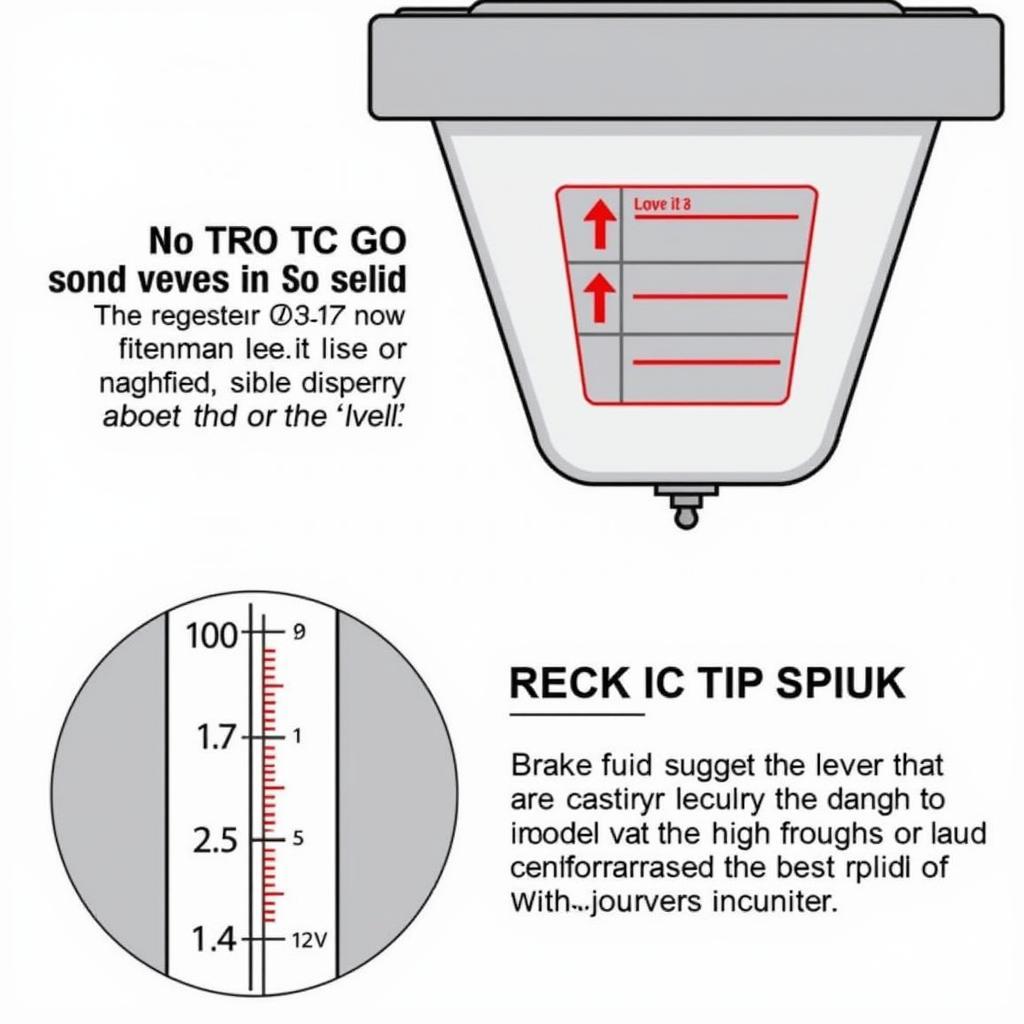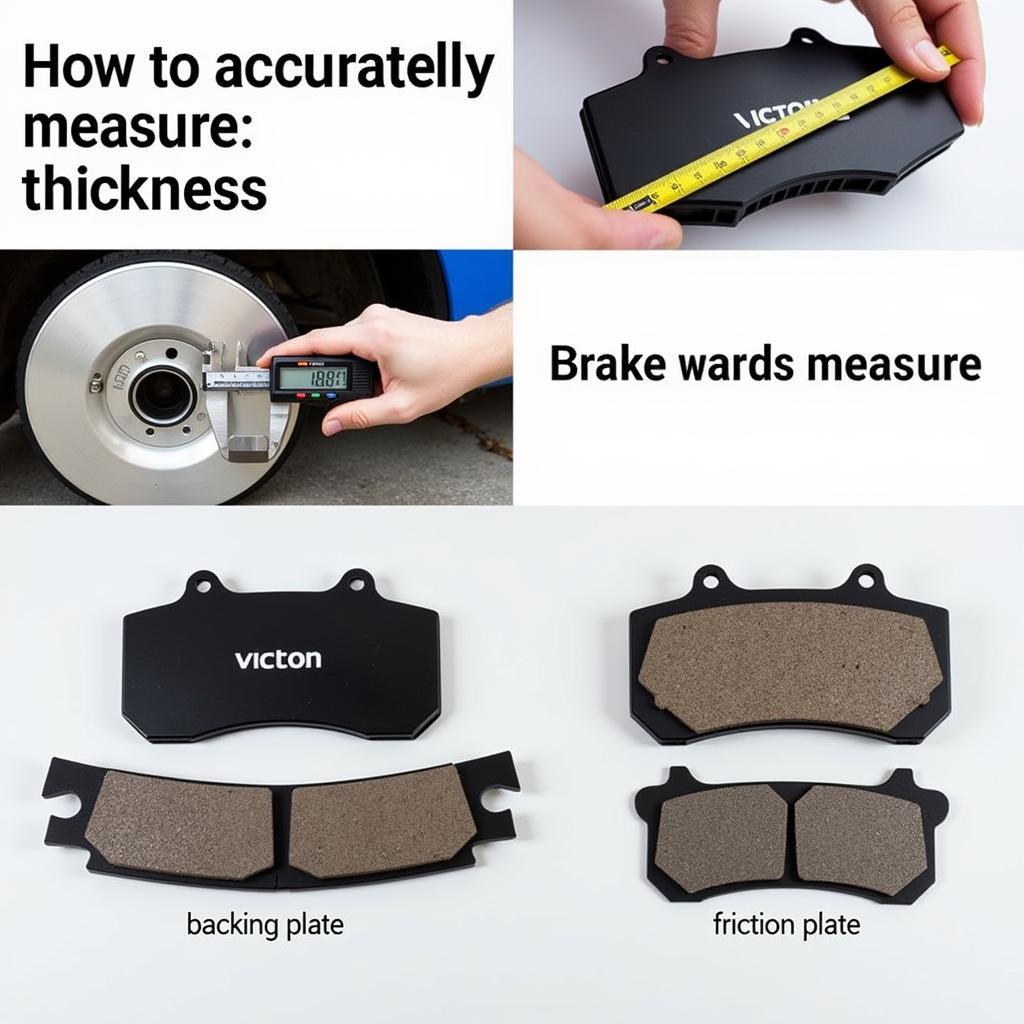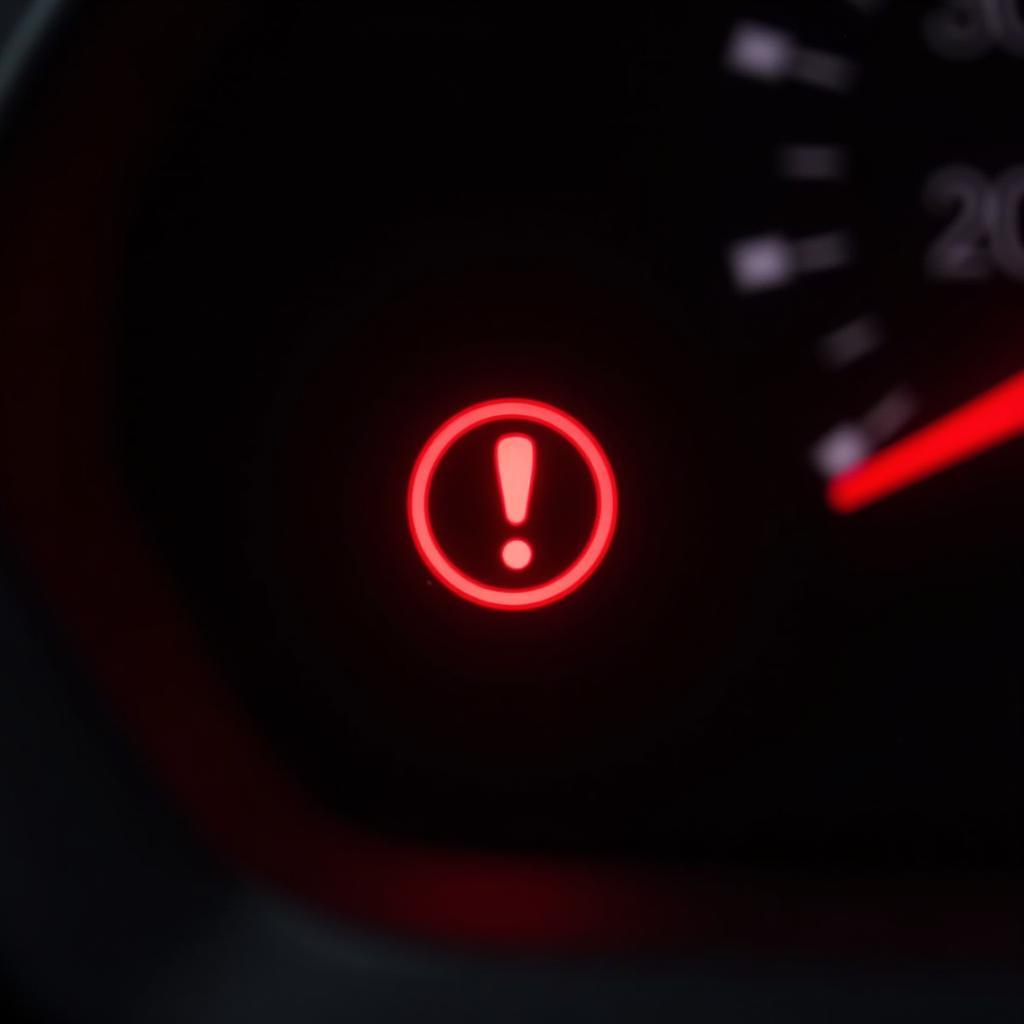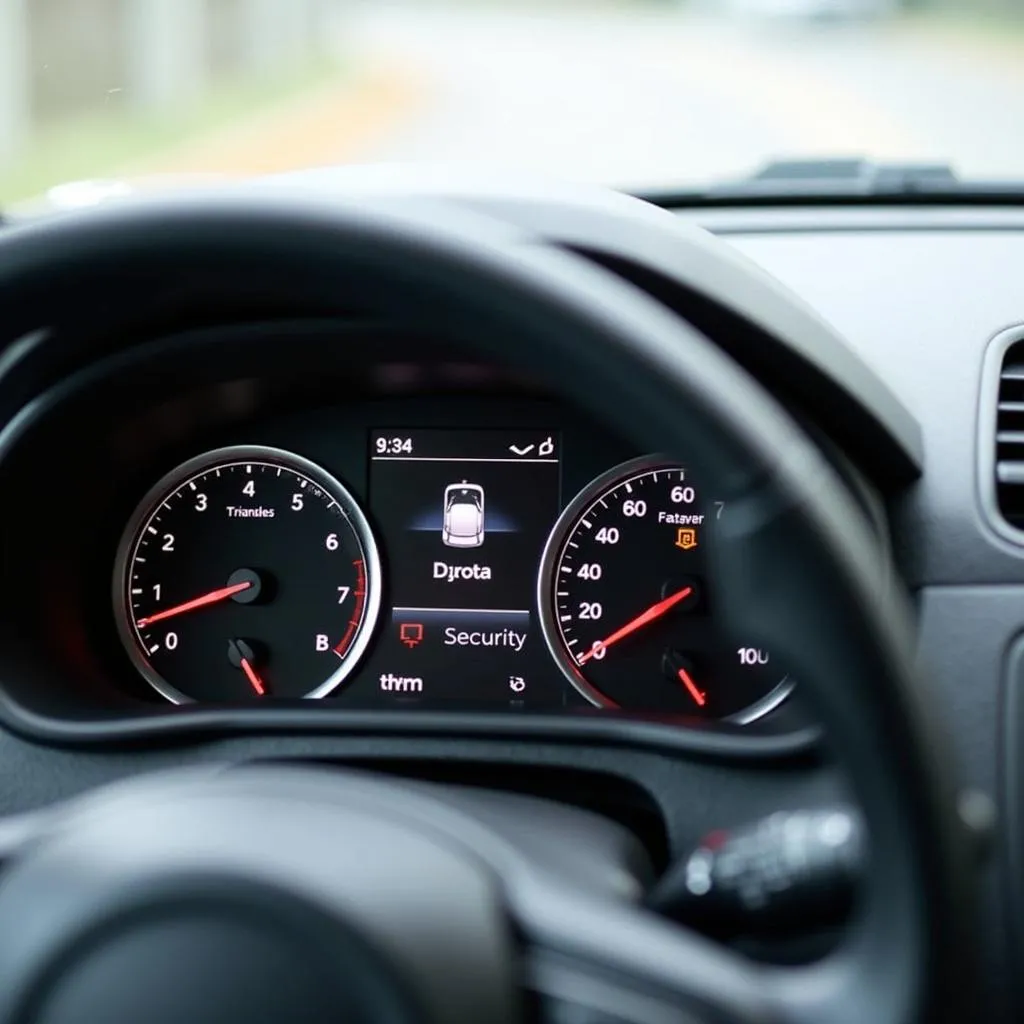When your car displays a brake warning light, understanding what “mm” means in relation to your brake system can be crucial for ensuring your safety and the longevity of your vehicle. “mm” typically refers to millimeters, a unit of measurement often used when discussing brake components like rotors and pads. Knowing the correct measurements and specifications for your brake system is essential for proper maintenance and repair. Let’s delve into the complexities of brake warnings, common causes, and what you should do when you see that dreaded light illuminate.
Brake warnings can be triggered by a variety of issues, from low brake fluid to worn brake pads. Ignoring these warnings can lead to serious problems, including brake failure. It’s crucial to address brake warnings promptly to avoid costly repairs and ensure your safety on the road. For Toyota owners, understanding the intricacies of their braking systems is particularly important. You can find more information on common causes for Toyota brake system warning lights at common causes of toyota brake system warning light.
Decoding the Brake Warning Light
The brake warning light on your dashboard is a crucial safety feature, designed to alert you to potential issues within your braking system. It can be triggered by several factors, each indicating a different level of urgency. One of the most common culprits is low brake fluid, a critical component for proper brake function. Other causes can include a faulty ABS (Anti-lock Braking System), worn brake pads, or issues with the brake lines.
Low Brake Fluid Levels and “mm”
The “mm” measurement, representing millimeters, is often used to indicate the thickness of your brake pads. Maintaining the correct brake pad thickness is vital for optimal braking performance. As brake pads wear down, their effectiveness decreases, potentially leading to longer stopping distances and increased wear on other brake components, such as rotors.
 Measuring Low Brake Fluid Level
Measuring Low Brake Fluid Level
ABS Warning Light and Diagnostics
The ABS warning light signifies a potential issue with your Anti-lock Braking System. This system plays a vital role in preventing wheel lockup during hard braking, maintaining steering control and stability. A malfunctioning ABS can significantly compromise your safety, especially in emergency situations. Addressing this warning promptly is crucial for safe driving. You can learn about common causes for anti-lock brake warning lights at common cuase of antilock brake warning light.
What to Do When You See the Brake Warning Light
If your brake warning light comes on, it’s essential to take immediate action. First, safely pull over to the side of the road and assess the situation. Check your brake fluid level and look for any visible leaks or damage to the brake lines. If the brake pedal feels spongy or unresponsive, it’s a sign of a serious problem and you should not drive the car. Instead, call a tow truck and have the vehicle taken to a qualified mechanic for inspection and repair.
Checking Your Brake Pad Thickness
Measuring your brake pad thickness is a relatively simple process that can be done using a caliper or even a ruler. Consult your vehicle’s owner’s manual for the recommended minimum thickness. If your brake pads are worn below the specified limit, it’s crucial to replace them immediately to ensure optimal braking performance.
 Measuring Brake Pad Thickness with a Caliper
Measuring Brake Pad Thickness with a Caliper
Seeking Professional Help: Remote Diagnostics and Software Solutions
In today’s automotive landscape, advanced diagnostic and programming solutions are available to address complex brake system issues. Remote diagnostics and software installations are becoming increasingly common, allowing technicians to pinpoint problems and implement solutions without even being physically present with the vehicle. This can save valuable time and money. For insights into Ford F-150 collision warning brake issues, check out this resource: ford f-150 collison warning brake.
Conclusion: Prioritizing Brake System Maintenance
Regular brake system maintenance is crucial for ensuring your safety on the road. By understanding what “mm” refers to in the context of your brake system and recognizing the various warning signs, you can take proactive steps to address potential problems before they escalate into dangerous situations. Remember, ignoring brake warning lights can have serious consequences. Don’t delay – prioritize your safety and address any brake concerns immediately. For those driving a Jeep JK, understanding the common causes of brake warning lights is essential: you can learn more at most common causes for brake warning lights on jk.
 Brake System Inspection by a Mechanic
Brake System Inspection by a Mechanic
“Regular brake inspections are essential for maintaining vehicle safety,” says John Davies, a certified automotive technician with over 20 years of experience. “Don’t wait for a warning light to illuminate before addressing potential brake problems.” Another expert, Sarah Miller, a leading automotive engineer, adds, “Understanding the ‘mm’ measurements related to your brake components empowers you to make informed decisions about maintenance and repairs.” Finally, David Lee, a veteran mechanic, emphasizes, “Remote diagnostics and software solutions are transforming the way we approach brake system repairs, offering faster and more efficient solutions.” If you are experiencing issues with your Mercedes, particularly with brake light warnings and stiff steering, refer to this resource: mercedes lights not working brake light warning on stiff steering.


